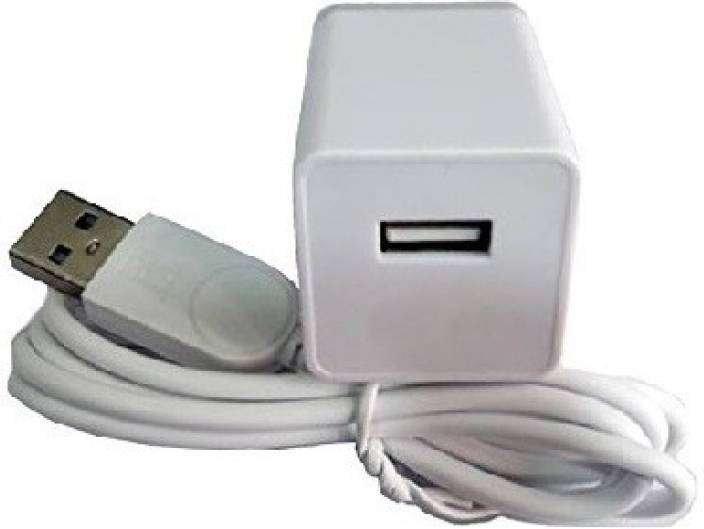Types and Usage
A battery charger, or recharger, is a device used to put energy into a secondary cell or rechargeable battery by forcing an electric current through it.
Types of battery chargers:
1. Simple chargers: A simple charger works by supplying a constant DC or pulsed DC power source to a battery being charged. A simple charger typically does not alter its output based on charging time or the charge on the battery.
2. Fast chargers: Fast chargers make use of control circuitry to rapidly charge the batteries without damaging any of the cells in the battery. The control circuitry can be built into the battery (generally for each cell) or in the external charging unit, or split between both.
3. Three stage chargers: To accelerate the charging time and provide continuous charging, an intelligent charger attempts to detect the state of charge and condition of the battery and applies a 3 stage charging scheme.
4. Induction-powered chargers: Inductive battery chargers use electromagnetic induction to charge batteries. A charging station sends electromagnetic energy through inductive coupling to an electrical device, which stores the energy in the batteries.
5. Intelligent chargers: A “smart charger” should not be confused with a “smart battery”. A smart battery is generally defined as one containing some sort of electronic device or “chip” that can communicate with a smart charger about battery characteristics and condition.
6. Motion-powered charger: Several companies have begun making devices that charge batteries based on human motions. One example, made by Tremont Electric, consists of a magnet held between two springs that can charge a battery as the device is moved up and down, such as when walking. Such products have not yet achieved significant commercial success.
7. Pulse chargers: Some chargers use pulse technology in which a series of voltage or current pulses is fed to the battery. The DC pulses have a strictly controlled rise time, pulse width, pulse repetition rate (frequency) and amplitude.
8. Solar chargers: Solar chargers convert light energy into low voltage DC current. They are generally portable, but can also be fixed mount. Fixed mount solar chargers are also known as solar panels.
9. Timer-based(HI) chargers: The output of a timer charger is terminated after a predetermined time. Timer chargers were the most common type for high-capacity Ni-Cd cells in the late 1990s for example (low-capacity consumer Ni-Cd cells were typically charged with a simple charger).
10. Trickle chargers: A trickle charger is typically a low-current (usually between 5–1,500 mA) battery charger or one which has a trickle charging operating mode. A trickle charger is generally used to charge small capacity batteries (2–30 Ah). These types of battery chargers are also used to maintain larger capacity batteries (> 30 Ah) that are typically found on cars, boats, RVs and other related vehicles.
11. Universal battery charger–analyzers: The most sophisticated types are used in critical applications (e.g. military or aviation batteries). These heavy-duty automatic “intelligent charging” systems can be programmed with complex charging cycles specified by the battery maker.
12. USB-based chargers: Since the Universal Serial Bus specification provides for a five-volt power supply (with limited maximum power), it is possible to use a USB cable to connect a device to a power supply. Products based on this approach include chargers for cellular phones, portable digital audio players, and tablet computers.











